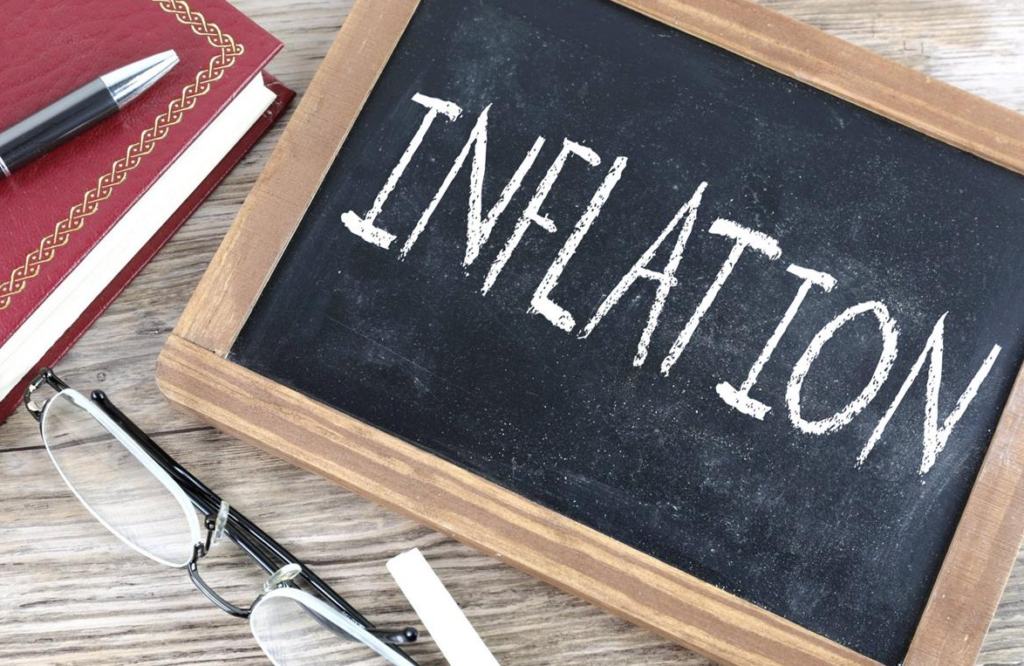BLOG
Finds and Interests

Image: Picpedia.org
Six weeks into 2023, antiques and collectibles (A&C) dealers are nervous about how their businesses will perform this year. On February 22, eBay and Etsy posted their fourth-quarter 2022 results and confirmed what most of us already knew: sales are down. eBay was down 8.9%, and Etsy 4%. The best news we have been able to get is that 2023 inflation isn’t as bad as we thought it would be. That’s a small comfort to dealers trying to hold a business together.
Adding to dealers’ woes are increased 2023 costs for shipping, selling fees, and operating expenses. Here’s what we know so far:
- Amazon is increasing selling, storage, and removal fees;
- eBay has increased final value fees and restructured how other fees are calculated;
- USPS has raised prices for parcel shipping and first class-mail;
- UPS and FedEx have increased their prices by 6.9% overall.
Prices Rise, So Should Yours
The response to such measures is simple: raise your prices. Of course, no one likes to raise prices—they think it will cost them sales. They’re right; it will. I remember the 1970s when double-digit inflation was the norm. Price increases were persistent. It got so bad that Nixon imposed wage and price controls to keep it in check (it didn’t work).
Guess what? Prices will keep going up. Dealers, not increasing your prices during inflationary times digs a deeper hole. You should be fine profit-wise if you raise your prices regularly to account for increased expenses. But, even if your costs remain constant, you should boost your rates gradually. Incremental price increases do not affect your gross sales. You might lose a few sales, but higher prices will offset any losses. If you hike prices regularly, no one will notice the higher prices.

Image: Picpedia.org
Know the Price, Sell the Value
An item’s price is the expected remittance for a product or service. Value, though, is ephemeral; it’s what a customer believes an item is worth to them. In every transaction, buyers balance the money paid against the benefits received (practical and emotional).
Customers pay for the value they see in your product or service. Rarity, condition, provenance, demand, supply, and other variables don’t make a collectible more useful. They are value markers that change with each observer. Price is a factor of the value consumers perceive in a product and how much they are willing to pay for it; in other words, what the market will bear.
If you’re not pricing your inventory according to what the market will bear, you’re pricing incorrectly. Determine how much your best customer would pay and raise your prices accordingly. You’ll be glad you did.
Will Seippel is the CEO and founder of WorthPoint®, the world’s largest provider of information about art, antiques, and collectibles. An Inc. 500 Company, WorthPoint is used by individuals and organizations seeking credible valuations on everything from cameras to coins. WorthPoint counts the Salvation Army, Habitat for Humanity, and the IRS among its clients.